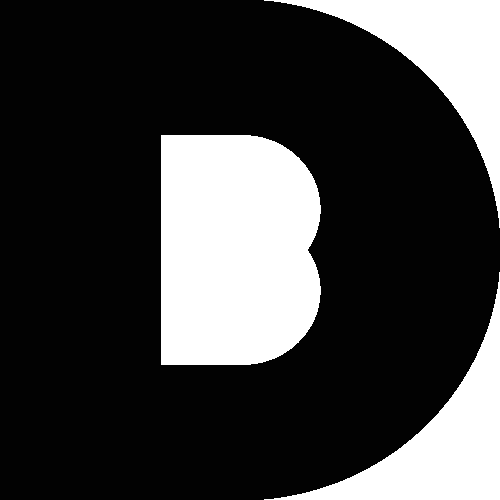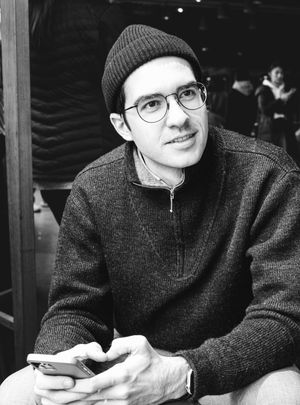I find myself fascinated by the progressive trajectory of industrial design, particularly in the context of the directions opened up by image-generating AI tools. In an environment where the demand for innovation is ever-rising, AI has become a handy companion for designers. Let’s dive deeper into how we can harness the potential of current AI tools to breathe a fresh wave of creativity and efficiency in the product development process.
Navigating the Landscape of AI Tools
The AI realm is flourishing with image-generating tools that have opened up a route for introducing new shapes, forms, and colors in design. However, they fall short when it comes to solving actual, real-world problems. The question here is, how can we, as designers, maximize the benefits derived from these tools in our daily tasks? I began to explore and found some exciting options.
Creating Inspirational Mood Boards with AI
One of the first breakthroughs was realizing that these AI tools could be an excellent partner in creating inspirational mood boards. Picture this: You use a tool like Midjourney to feed a starting image, which then uses it as a seed for generating a series of unique yet similar images. The brilliance here lies in the freshness of these images; they present an unexplored and original perspective. The advantage of incorporating these AI-generated visuals is manifold. They bring an element of novelty, allowing you to define the style while using AI to get variation. Also, these images are free of copyright restrictions, making them a valuable asset in your presentations, especially when working with clients who might have reservations about using images of products from competitors.
Pitching and Proposal Work: A New Dimension
Imagine you are in a design agency, and a potential project lands on your table, but it crosses uncharted territory for your team. This is where AI can step in to bridge the gap, adding depth and personal connection to your proposal. You can visually articulate your dedication and connection to the project by cleverly integrating AI-generated images in your presentation, even before it officially kicks off. Utilizing pictures that showcase your team immersed in the new project not only creates a vibrant narrative but also instills a sense of urgency and commitment in the client. It paints a picture of a team that is not just ready but already immersed in bringing the vision to life, fostering a sense of trust and eagerness to forge ahead.
From Sketch to Render
A lot of time is often used to get from the sketching phase to the rendering state. Clients sometimes cannot give valuable feedback by only looking at thumbnail sketches. But during the ideation phase, it is often not viable to immediately jump into 3D when the main directions have not yet been decided. Therefore, we as designers oftentimes use Photoshop or other illustration tools to give the sketches some dimension. AI tools such as Vizcom could help create those flashy, rendered images.
Your Turn to Explore
Now, as I share these revelations, I am equally eager to hear your experiences and insights. Have you stumbled upon other innovative uses of AI in the realm of industrial design? What has been your journey like with integrating AI into your workflow? I am all ears to know how you are maneuvering through this exciting intersection of design and technology.
Conclusion
In the grand scheme of things, the collaboration between AI and industrial design is still in its developing stage. Yet, the possibilities are extensive and thrilling. As designers, we stand at the cusp of a revolution, where we can redefine the boundaries of creativity and efficiency. I sincerely hope that these insights ignite a spark of curiosity and innovation in you. I invite you to explore, experiment, and share your experiences as we navigate this journey together.



Member discussion